Brown Birch Bolete
This common edible Autumn mushroom is not as firm and tasty as the best boletes, but mixed with other mushrooms it’s not bad. Because it’s a very common mushroom it can really help to bulk your basket and it’s a really easy one for beginners.
| Mushroom Type | |
| Common Names | Brown Birch Bolete (EN), Cap Tyllog Brown Bedw (CY), Koźlarz Babka (PL), Barna Érdestinóru (HU) |
| Scientific Name | Boletus / Leccinum scabrum |
| Synonyms | Leccinum roseofractum, Leccinum avellanum |
| Season Start | Aug |
| Season End | Nov |
| Average Mushroom height (CM) | 8-13 |
| Average Cap width (CM) | 7-10 |
Cap
7-10 cm. Smooth, starting hemispherical and flattening with age. Varying shades of brown. Sticky when wet.
Stem
8-13 cm long, 1.5-3 cm diameter. White to grey with a covering of small dark scales or floccules, giving it a dirty appearance. Tapering towards the top.
Possible Confusion
The Slate Bolete (leccinum duriusculum), pictured, is very similar but grows in association with Poplars not Birch as the Brown Birch Bolete does.
Other Leccinums, there are a few with brown caps which can be hard to distinguish but none of these Leccinums are poisonous.
The orange cap Leccinums are toxic when raw and should be cooked for at least 15 minutes (see Orange Birch Bolete and Orange Oak Bolete).
Spore Print
Brown. Subfusiform.
Taste / Smell
Disappointing. Must be cooked before consumption.
Frequency
Common.
Other Facts
There have been reports from America that some people react badly to Leccinums but these are not confirmed, however it has been suggested that you cook all Leccinums before consumption.



 (60 votes, average: 3.50 out of 5)
(60 votes, average: 3.50 out of 5)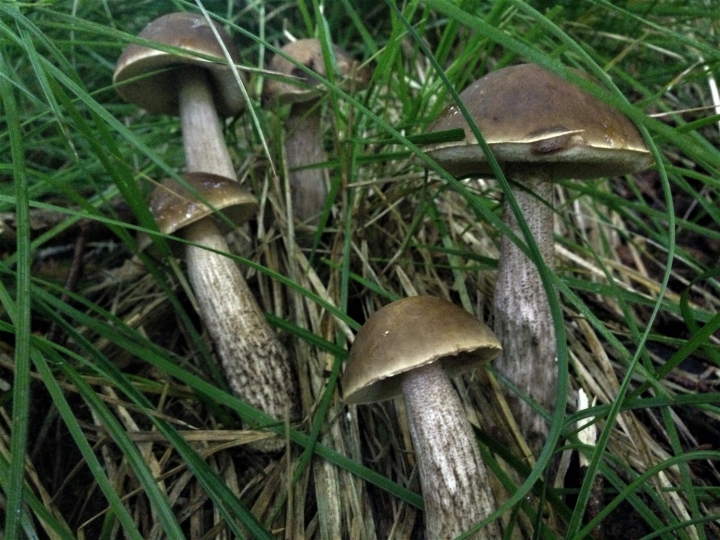
















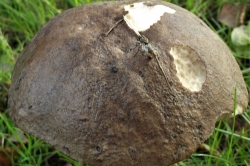
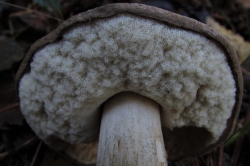
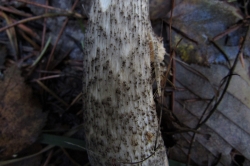
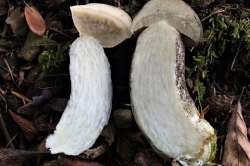
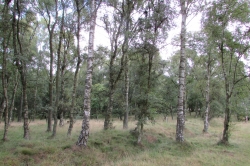
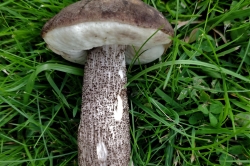



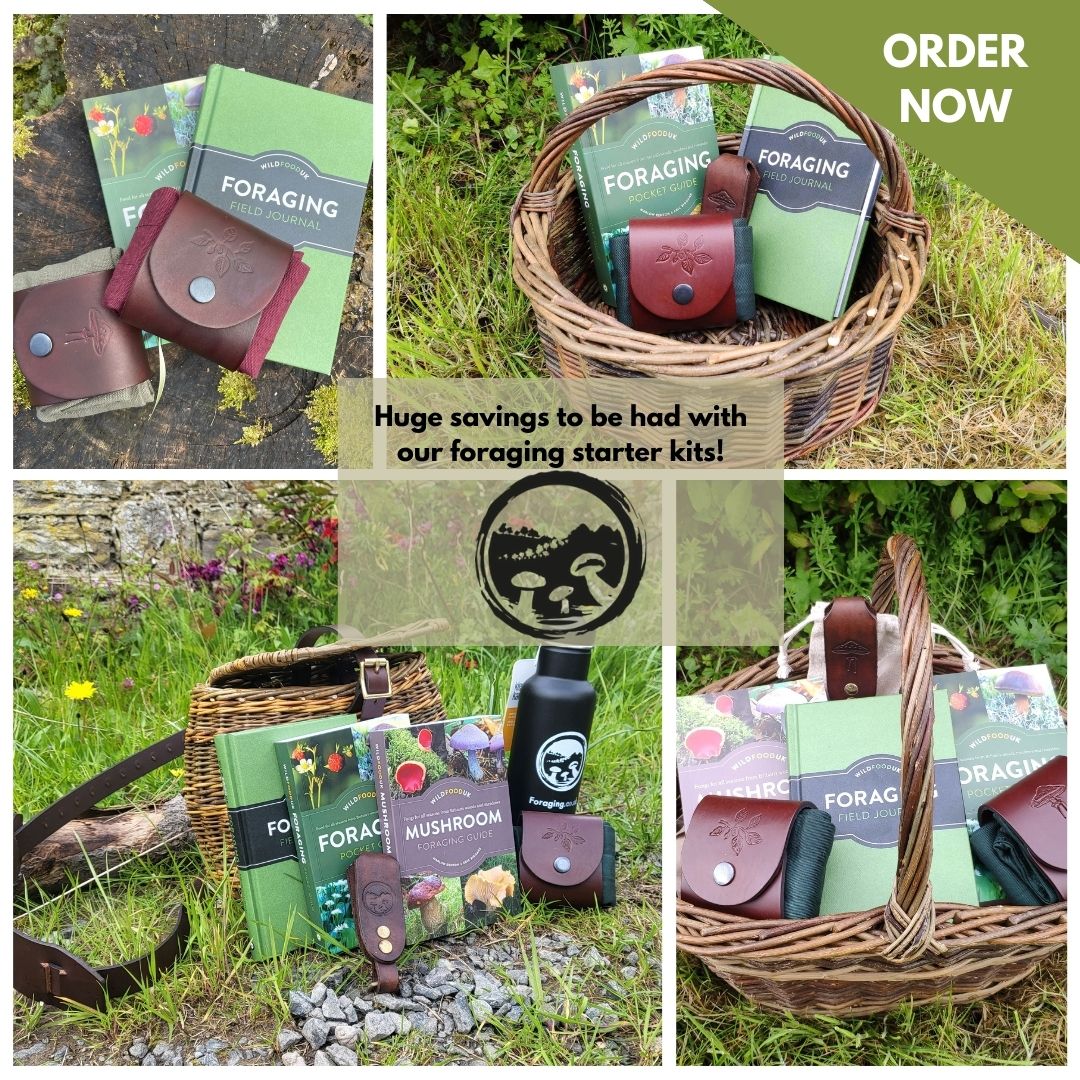

9 comments for Brown Birch Bolete
I’ve found what I think are these- they stay white when cut but do bruise blue on the outside of the stem does this mean they’re something else? Thanks
Hi Fran, the best thing to do would be to send in photos of the stem and top and underneath of the cap to [email protected] and we’ll see if we can ID them. Eric.
I found what you exactly described a couple of days ago. Did you find out what it is?
(Here is a possible answer I got online: Leccinum sp, tal vez Leccinum duriusculum)
You say that these mushrooms should be cooked before consumption. Can they be dried, thereafter hydrated and then cooked, perhaps mixed with Penny Buns? Thank you in advance
John
We would dry them first for storage, then re-hydrate them and cook them.
Hi I have found what I was sure were Penny Buns but then now I feel they are perhaps actually brown birch bolete, I’m quite thrown off by the fact that when cut no flush or change in colour but after around an hour there is cloudy black staining up at the cap whilst the stipe has remained very white apart from a couple of tiny bright blue flecks right at the base of the stipe which also was not a flush but took some time. Any ideas would be really appreciated, thank you 🙂
It sounds like one of the brown Lecccinums.
I’m a little surprised that this guide considers the taste of this fungus disappointing- me and a lot of other people I know do not think so, especially if the fungus is picked young.
I agree. Fried until crispy in butter is quite delicious. Then again…most things fried in butter are tasty 😋 😜